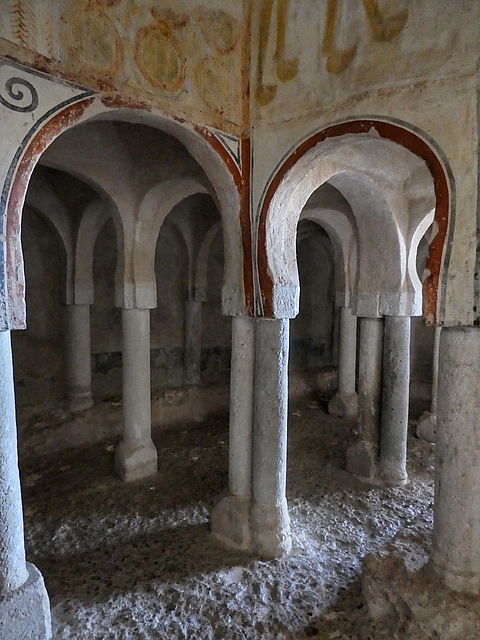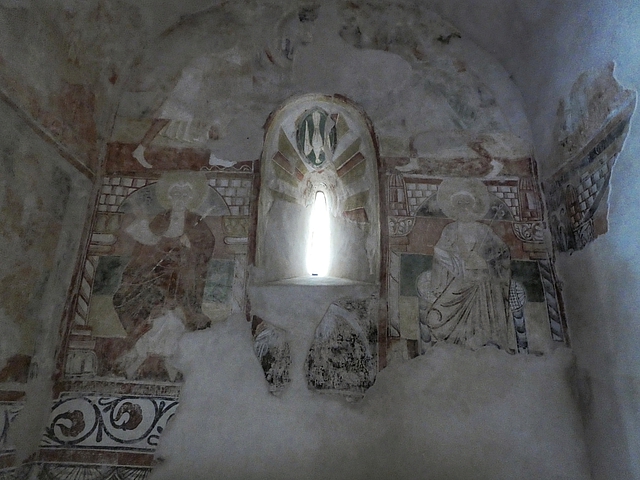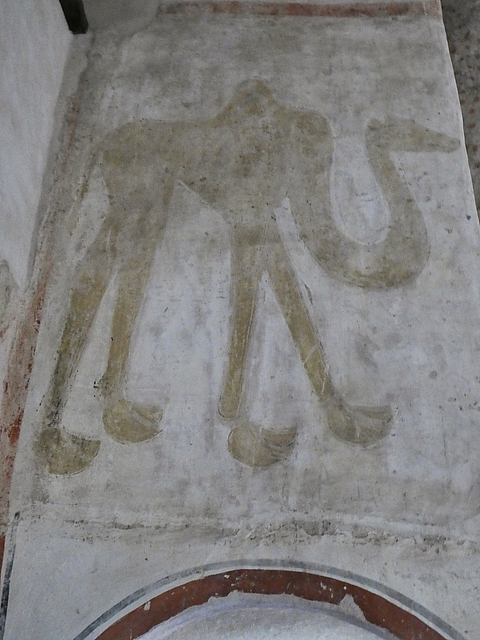Thursday 06 October 2022
Distance: 23.2 km Time: 5:00 Ascent: 200m Descent: 340m – Wikiloc
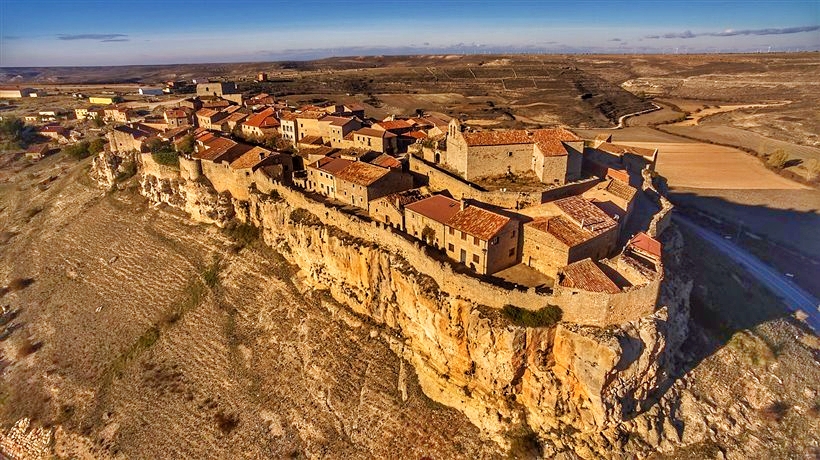
When we saw this photo of Rello, a walled medieval village setting on a cliff top, in a magazine we thought we’d love to go there.
To make it happen we ventured off Camino del Cid, took a taxi from Berlanga de Duero 25 kilometers to Rello and walked back via San Baudelio Hermitage using the back roads and tracks for most of the way.
Rello (pop 33) dates back to the 12th century, a time of Christian/Moslem conflict. It is completely surrounded by walls and is regarded as the best preserved medieval village in Spain.

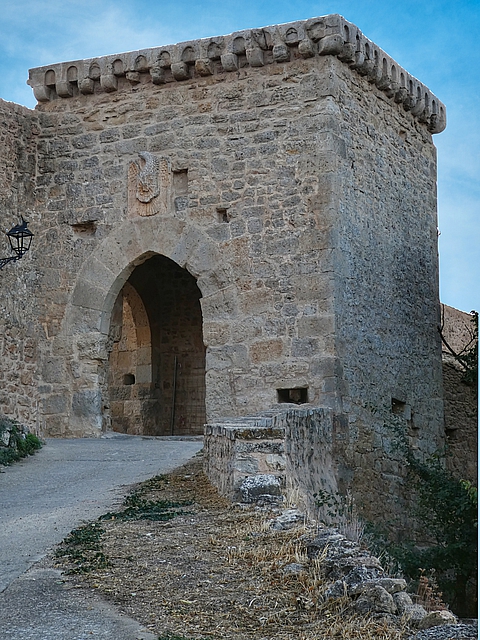

The Rollo represented the administrative category of the village

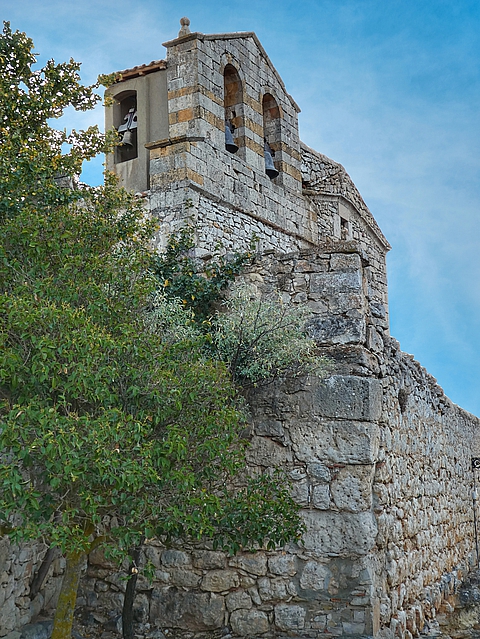
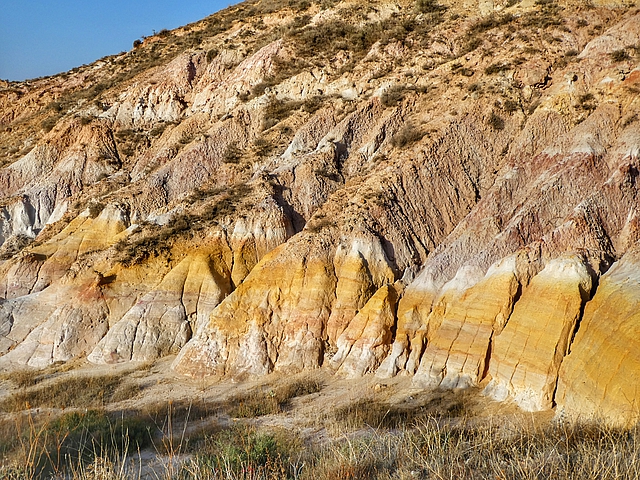

There are still more than twenty Muslim watchtowers in the Duero Valley
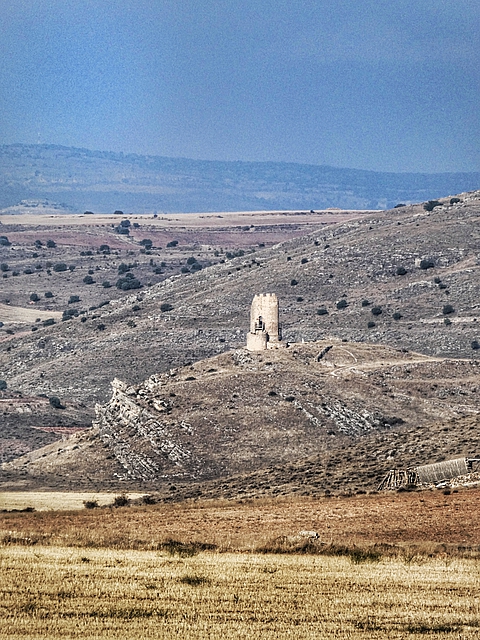
Caltojar (pop 111 in 2004, 57 in 2021) was colonized by the Berbers during the Muslim occupation. Built at the beginning of the 13th century, the church of San Miguel Arcángel is one of the most important Romanesque churches in Soria Province.

Every village has a chapel on the outskirts and a large church in the town
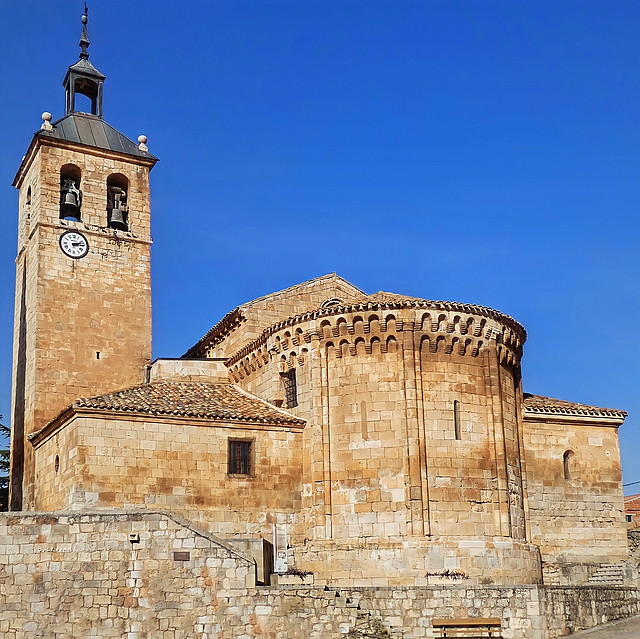
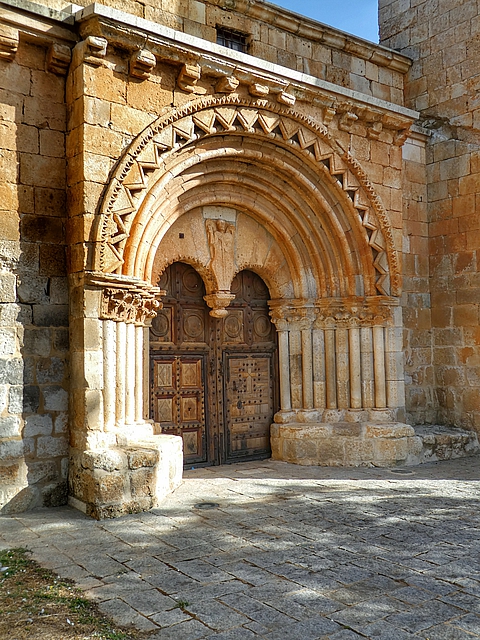
San Baudelio Hermitage is a few kilometers outside Caltojar. It was built at the end of the 11th century by Mozarabs (Christians living in Moslem territory) and dedicated to San Baudelio. Outside it appears to be nothing special, just a big square box but inside it’s a real treasure. All the walls were covered with in Romanesque and Mozarab paintings using few colors. Only some remain. The rest were “sold” in 1922 and are now in US museums and the Prado in Madrid.

